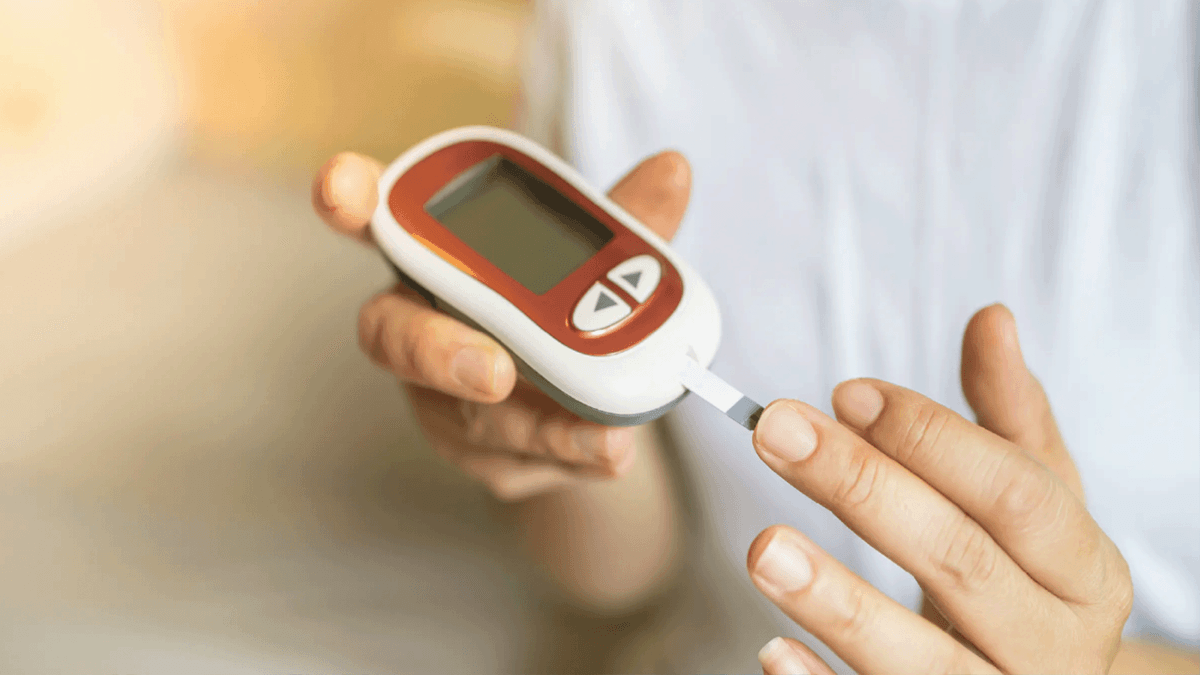The healthcare industry has rapidly embraced the
Internet of Things (IoT) to improve patient care, streamline operations, and reduce costs. IoT devices, such as wearable monitors, smart infusion pumps, and connected imaging systems, offer numerous benefits by providing real-time data and enabling remote monitoring. However, the proliferation of these devices also introduces significant cybersecurity risks. This blog explores the potential threats posed by IoT devices in modern healthcare facilities and the measures that can be taken to mitigate these risks.
The Growing Threat Landscape
As IoT devices become more prevalent in healthcare settings, the attack surface for cybercriminals expands. These devices often have limited processing power and memory, making it challenging to implement robust security measures. Additionally, many IoT devices operate on outdated or unpatched software, leaving them vulnerable to exploitation.
Cyberattacks on healthcare IoT devices can have severe consequences. For example, an attacker could potentially gain control of a connected medical device, such as a pacemaker or insulin pump, leading to life-threatening situations. Furthermore, compromised IoT devices can serve as entry points for attackers to access broader hospital networks, where they can steal sensitive patient data or disrupt critical operations.
Data Privacy Concerns
One of the most significant cybersecurity risks associated with IoT devices in healthcare is the potential for data breaches. IoT devices collect vast amounts of sensitive patient data, including health metrics, personal information, and treatment records. If these devices are not adequately secured, this data can be intercepted, stolen, or tampered with by malicious actors.
Data breaches not only compromise patient privacy but can also result in financial and reputational damage to healthcare organizations. Healthcare data is highly valuable on the black market, making it a prime target for cybercriminals. Moreover, regulatory bodies impose hefty fines on organizations that fail to protect patient data, further highlighting the importance of securing IoT devices.
Device Authentication and Access Control
Proper authentication and access control are critical for securing IoT devices in healthcare facilities. Many IoT devices lack strong authentication mechanisms, allowing unauthorized users to access and manipulate them. Implementing multi-factor authentication (MFA) can help ensure that only authorized personnel can interact with these devices.
Additionally, healthcare organizations should implement strict access control policies to limit who can access IoT devices and the data they generate. This includes segmenting networks to isolate IoT devices from other critical systems, reducing the potential impact of a security breach. Regular audits and monitoring of access logs can also help detect and respond to unauthorized access attempts.
Vulnerability Management and Patch Updates
IoT devices in healthcare facilities often operate on proprietary or legacy systems, making it difficult to apply security patches and updates. However, timely patching is essential for protecting these devices from known vulnerabilities. Healthcare organizations must establish a robust vulnerability management process to identify, assess, and mitigate risks associated with IoT devices.
Manufacturers of IoT devices also play a crucial role in cybersecurity. They should ensure that their devices are designed with security in mind, offering regular updates and patches to address emerging threats. Additionally, healthcare organizations should prioritize purchasing IoT devices from manufacturers with a strong commitment to security.
Network Security and Encryption
Securing the network that connects IoT devices is another critical aspect of protecting healthcare facilities from cyber threats. Network segmentation, as mentioned earlier, is essential for limiting the spread of potential attacks. Healthcare organizations should also employ encryption protocols to protect data transmitted between IoT devices and central systems.
Encryption ensures that even if data is intercepted, it cannot be easily read or manipulated by attackers. Implementing secure communication channels, such as Virtual Private Networks (VPNs), can further enhance the security of IoT devices in healthcare settings.
Conclusion
While IoT devices offer significant benefits to modern healthcare facilities, they also introduce substantial cybersecurity risks. Protecting these devices from cyber threats requires a comprehensive approach that includes strong authentication, access control, vulnerability management, and network security. By addressing these challenges, healthcare organizations can safely leverage IoT technology to improve patient care and operational efficiency while safeguarding sensitive data and critical systems.
Also Read: The Role of IT in Enhancing Sustainability in Manufacturing and Logistics 





